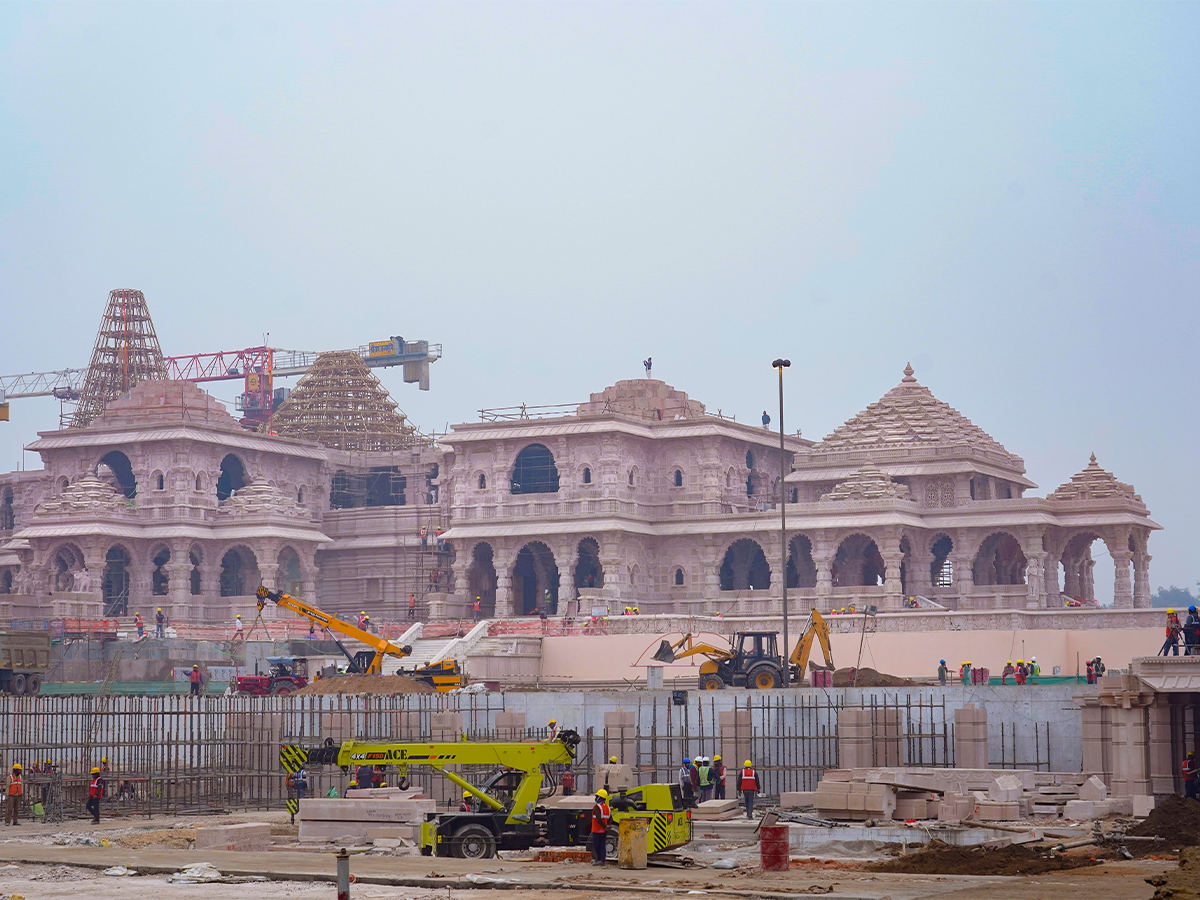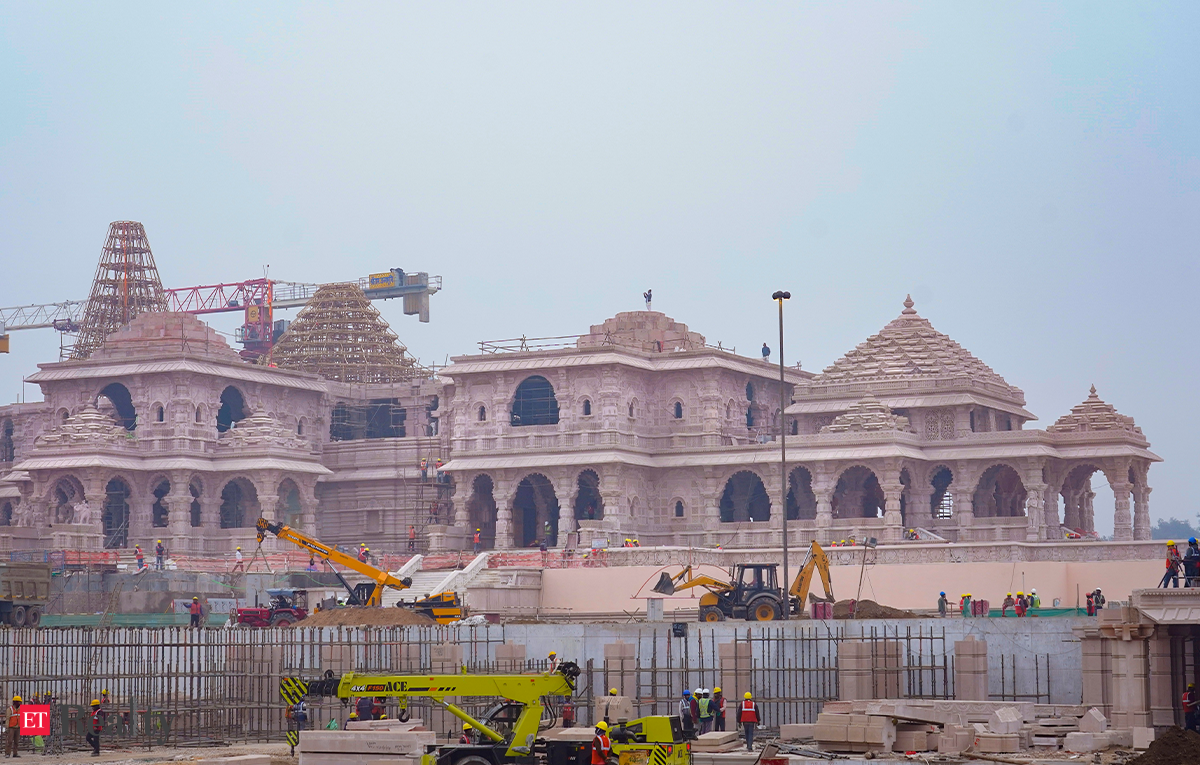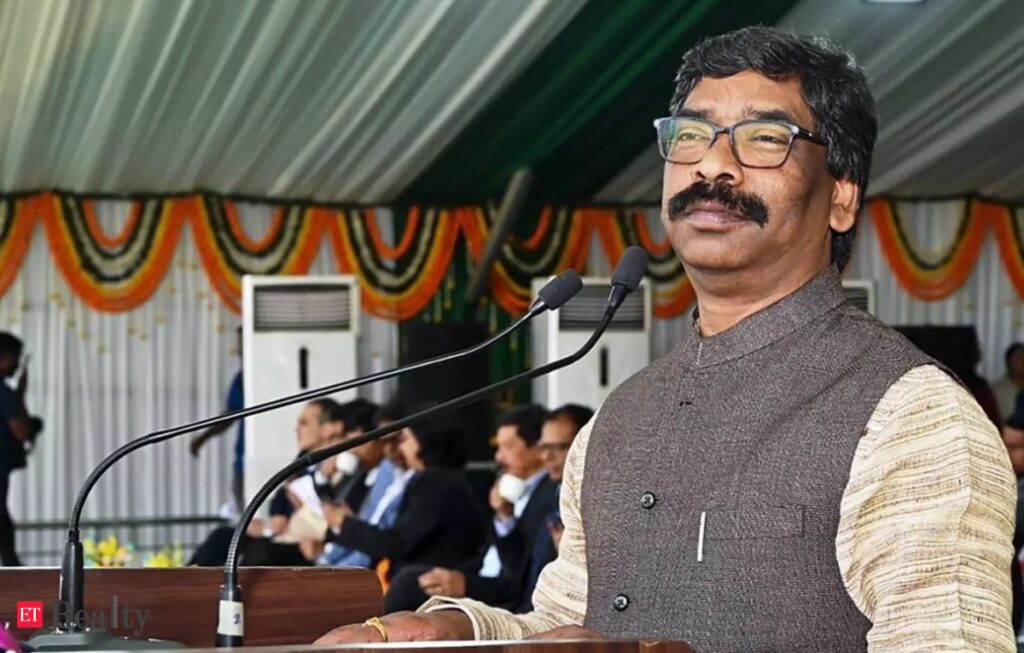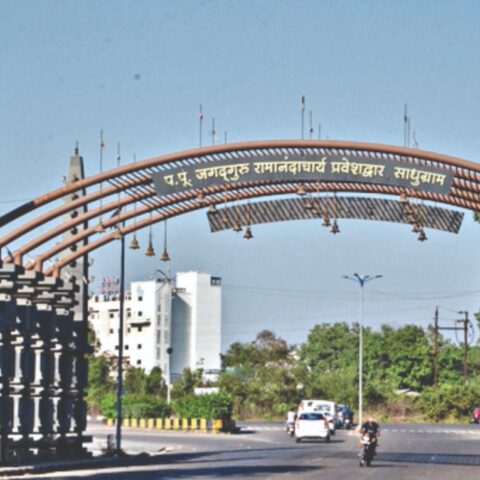
For two years, the dust never settled in Ayodhya. A whole city was being remade on a deadline so tight that it would make an MI movie look rather tepid.
And as the city transformed, its real estate sector also underwent a sea change. Ved Prakash Singh, an 80-year-old who has lived all his life in Ayodhya, recalls how this was a neglected town of narrow streets and open sewers. In two years, all that has changed. His son, Mahesh Singh, is a mason. Now, he’s never without work. He’s not only building houses and shops but also adding an extra floor to his house to accommodate pilgrims. Who knows, some of them may even be international visitors, he says.
The city is currently experiencing a real estate boom, spurred by the upcoming ‘pran pratishtha’ ceremony of the Ram temple. This boom is evidenced by a surge in land deals for luxury hotels, villas, retirement homes, guest houses, and homestays. Since the 2019 Supreme Court verdict favouring the temple’s construction, property prices have increased by 25-30%. An investment of over Rs 85,000 crore is expected in Ayodhya in the next decade.
Anuj Puri, chairman of Anarock group, a real estate consultancy, isn’t surprised by this boom. He attributes it to religious tourism, excellent infrastructure, connectivity, and strong political will.
However, this growth has led to a scarcity of properties. Local property dealer Akhilesh Singh reports a dramatic rise in land rates, with commercial property prices reaching as high as Rs 6,000-Rs 7,000 per sq ft. This scarcity is echoed by another dealer, Pervez Ahmed, who notes the government’s acquisition of most vacant plots and sky-high prices due to high demand and limited supply.
This development has had its downsides. About 4,000 residential and commercial structures were demolished to widen a road, causing dissatisfaction among those who lost property.
The Ayodhya Development Authority plans to develop a new housing scheme spread across 80 acres. High-profile projects, like that of Mumbai-based developer Abhinandan Lodha, are in the pipeline, including a 25-acre project with luxury amenities. The city is preparing to accommodate a surge in tourism. Officials estimate around 45 lakh tourists monthly, far exceeding Ayodhya’s population. The hospitality sector is responding; major players are planning hotels to meet the demand. For instance, the Taj brand is set to open upscale hotels, and the Abhinandan Lodha group is collaborating with Leela Palaces, Hotels & Resorts for a luxury hotel near the temple.
Local families like Shivani Shukla’s are adapting to the tourist influx by starting travel companies and offering homestay accommodation, showcasing Ayodhya’s evolution from a quaint town to a booming religious tourism hub.











